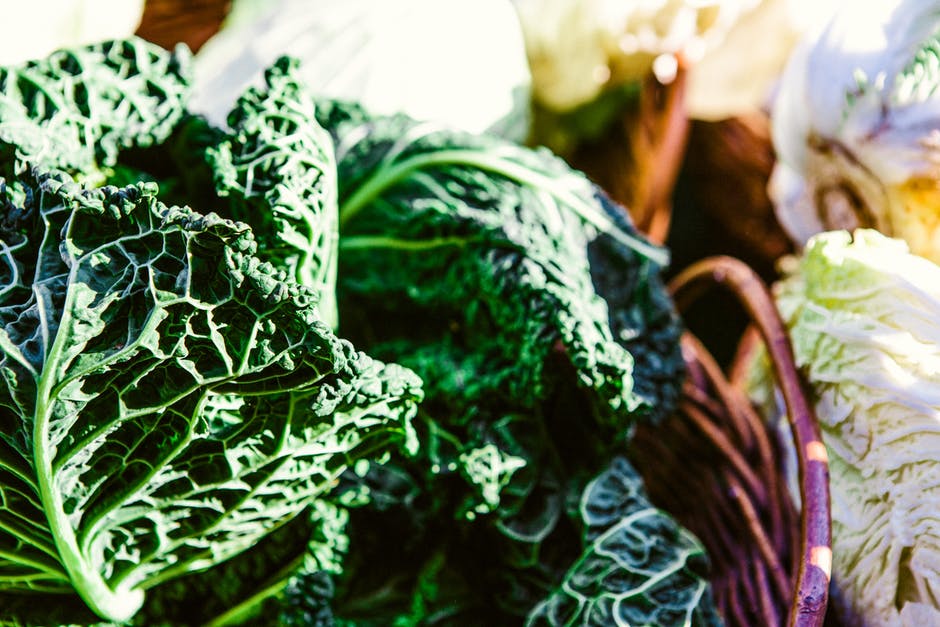
It’s only August, so why am I bringing up the fall already? While stores are already preparing for Halloween, gardeners are still enjoying the warm days of summer. If you’re looking to get the biggest bang for your buck in your garden, planning in anticipation of fall is critical. Sowing seed now and keeping your plots organized ensures that you’ll still be harvesting when October and November roll around. When others head to the supermarket in November to buy expensive greenhouse lettuce they no longer have access to in their gardens, you’ll be harvesting hardy veggie varieties and saving money.
When do I need to start sowing seeds for the fall garden?
The optimal time to start planting seeds for the cooler season depends on your particular growing region. Find out what your first frost date is if you haven’t already. Here’s a useful resource: https://www.almanac.com/gardening/frostdates
Remember that a first frost date is just an estimate. It may vary from year to year. Mother Nature is unpredictable after all!
Check your seed packets to find information on maturity times. Using your region’s first frost date, count backward to find out when your planting window is. Harvesting after frost is possible, but vegetables need to be mature by the time the cold weather comes around. Colder temperatures typically slow plant growth.
An example:
You want to plant some lettuce that will be ready to harvest during the fall months.
The seed packet says the variety matures in 50 days. If your last frost date is October 30th, then the last day you can sow the lettuce seed for optimal growth is September 10th.
Best plants for the fall garden
The ideal options for a fall garden depend significantly on your region and the amount of time you have until that first frost. Cold hardy plants are an excellent choice since you can keep harvesting even post-frost. Here are a few examples of cold-hardy vegetables that you can grow:
- Kale
- Carrots
- Collards
- Spinach
- Lettuce
- Swiss Chard
Choose varieties that mature early if your growing window before the first frost is short. Some vegetable varieties are exclusively bred to withstand cold temperatures.
Get a jumpstart and enjoy the bounty
Don’t wait until early-September to start thinking about your cool season garden. Start right now. Check your seed collection to see what you have on hand to sow. Make sure you’ve got the space, too. When filling up your plots in the spring and summer, don’t forget to keep a spot saved for starting seeds later in the season.
If this is your first year attempting a fall harvest, write everything down. Keep a notebook with your sowing dates and observations. Notice a plant that didn’t do well when frost came along? Try seeding earlier or choosing a different variety.

Steph Coelho is a freelance writer gardening in zone 5b. She is a certified Square Foot Gardener and has taught various garden-related workshops. When she’s not digging in the dirt or writing, she’s cooking up fresh produce, running, or listening to her favorite podcasts.
Leave a Reply